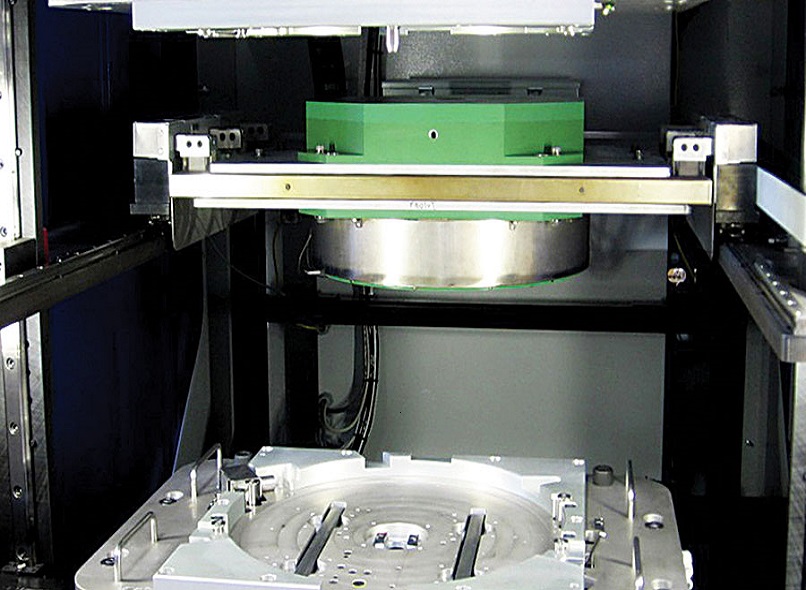What are the Applications of Hot Plate Welding?

Hot plate plastic welding is a practical and cost-effective process for joining two thermoplastic parts by heating them to their melting point. It produces sturdy, leak-proof plastic assemblies ideal for different applications.
The process is versatile and cost-effective, making it suitable for use in various industries. It can join dissimilar materials, high-strength thermoplastics, and composites, commonly used in the production of lightweight and resilient components. The process is also efficient and fast, producing large quantities of products in a short time.
In the automotive industry, hot plate plastic welding joins a broad range of plastic parts, such as instrument panels, bumpers, door panels, and fuel tanks. These plastic parts are lightweight, corrosion-resistant, and can be molded into intricate shapes, making them ideal for use in automobiles. The process also joins thermoplastic materials used in producing air intake manifolds, essential components of modern internal combustion engines.
In the medical industry, hot plate welding produces a variety of medical devices such as blood filters, IV drip chambers, and drug delivery systems. These devices need to be strong, durable, and leak-proof, making hot plate plastic welding suitable for their manufacture. The process also joins high-strength thermoplastics used in the production of medical implants, such as hip and knee replacements.
In the aerospace industry, hot plate plastic welding produces sturdy, lightweight components for aircraft, such as air ducts, fluid reservoirs, and wing flaps. These components need to withstand extreme temperatures and pressures. Hot plate welding also produces components for spacecraft, such as heat shields and satellite components, which need to withstand the harsh conditions of space.
In the electronics industry, hot plate welding produces electronic components such as connectors, switches, and housings. These components need to be strong, durable, and able to withstand the stresses of constant use. Hot plate welding also produces electronic displays such as LCD and OLED screens with precision and accuracy.
In the packaging industry, hot plate welding produces packaging components such as containers, lids, and closures. These components need to be strong, durable, and leak-proof to ensure that the packaged product remains fresh and safe. The process also joins the thermoplastic materials used in producing these components.
In conclusion, hot plate welding is a versatile and cost-effective welding process used in various industries. Its applications will continue to expand as the demand for lightweight, corrosion-resistant, and complex-shaped plastic parts grows. Hot plate welding is an ideal option for different applications across multiple industries as it is a fast, efficient, and cost-effective process that produces high-quality and long-lasting products.
Hot plate welding has various advantages that make it suitable for different applications. The process can join dissimilar materials, which is useful in the production of composite materials. It is also efficient, cost-effective, and can produce high-quality, durable, and leak-proof plastic assemblies.
Moreover, hot plate plastic welding is a clean process that does not produce any waste or emissions. This makes it an environmentally friendly process that can be used in industries that prioritize sustainability.
One of the challenges of hot plate plastic welding is that it can only be used on thermoplastic materials. This limits its use in industries that use other types of materials such as metals. However, this limitation has not prevented hot plate welding from being widely used in various industries.
As the demand for lightweight, corrosion-resistant, and complex-shaped plastic parts continues to grow, hot plate plastic welding will become an increasingly important manufacturing process. Its applications will continue to expand as new and innovative manufacturing processes emerge.
Overall, hot plate plastic welding is a versatile and cost-effective process that is widely used in various industries. Its benefits make it an ideal option for different applications, and its limitations have not prevented it from being widely used. As new and innovative manufacturing processes emerge, the applications of hot plate welding will continue to expand.
See more: Unveiling the Standard Hot Plate Welding Process, Top 10 Best Hot Plate Plastic Welding Factories





